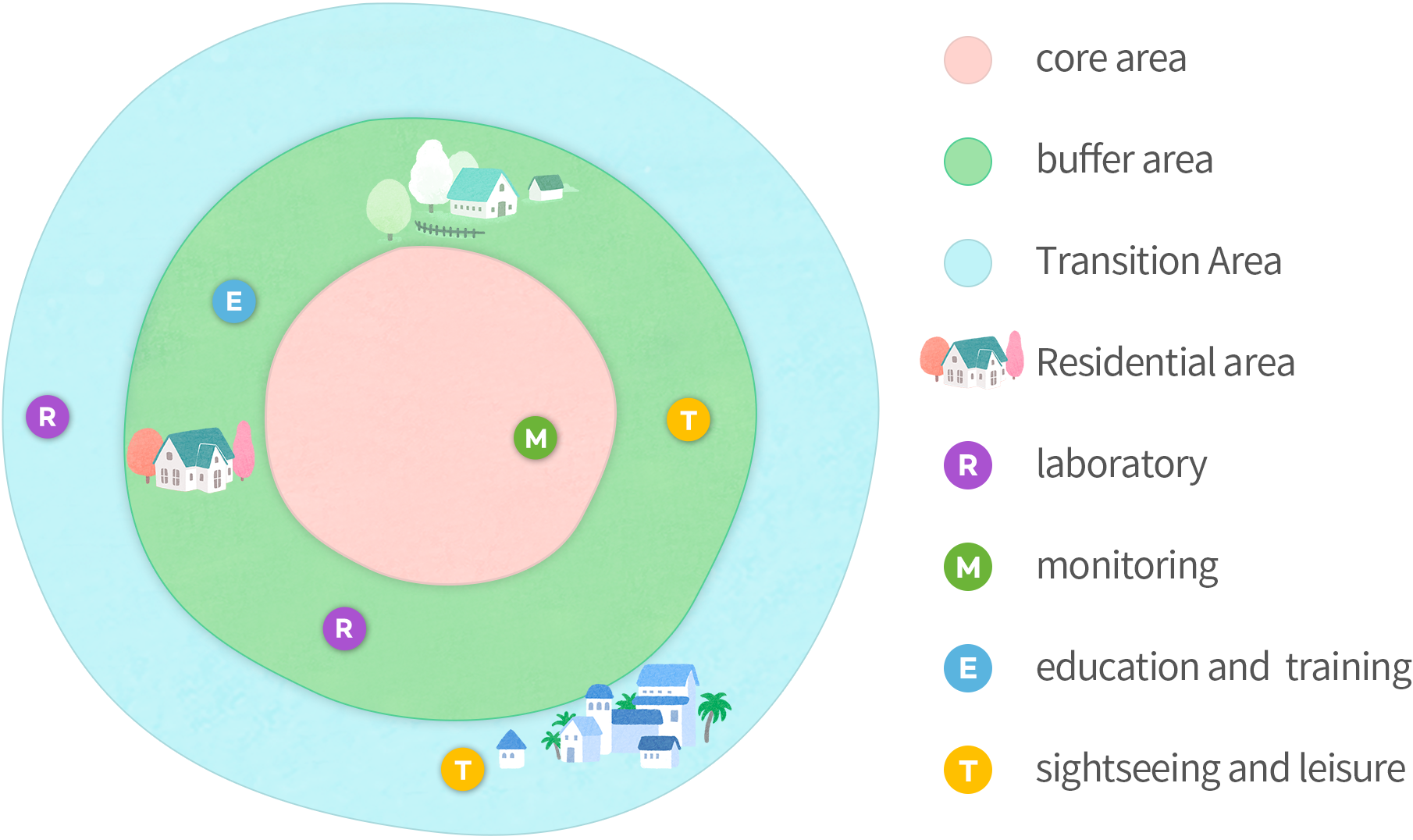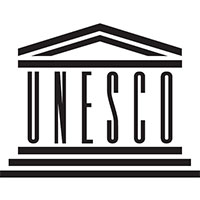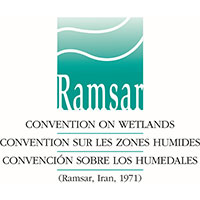Shinan Biosphere Reserve Introduction of the Shinan Biosphere Correction Area
SBR Intro
The concept of biosphere reserves was developed as a strategy under the Man and the Biosphere (MAB) program, established in 1971, to address the critical global challenge of reconciling the conservation and sustainable utilization of biodiversity and biological resources. Biosphere reserves aim to tackle the fundamental question of how to achieve a harmonious coexistence between the preservation of biodiversity and the sustainable use of biological resources, which is considered one of the most important tasks facing the world today. Biosphere reserves focus on the essential and fundamental role of humans as part of the biosphere, and they emphasize the integrated approach to research, assessment, management, and sustainable resource utilization within large-scale ecological systems influenced by human activities. They aim to support scientific and educational activities that contribute to the sustainable management of resources. At the International Conference on Biosphere Reserves held in Minsk, Belarus, in 1976, 57 sites were initially designated as biosphere reserves. As of December 2021, there are 727 biosphere reserves in 131 countries, including 22 transboundary biosphere reserves. Over the past 30 years, biosphere reserves have demonstrated the following characteristics according to the designated periods.
The three functions of biosphere reserves
Biosphere reserves, while not subject to international agreements or conventions, must meet the necessary criteria to effectively fulfill the following three functions.



Zoning of biosphere reserves.
To achieve the three objectives of biosphere reserves, participatory management approaches and clear geographical zoning are necessary. As shown below The three zones were originally designed to form a series of concentric circles, but they can take on various forms to accommodate the local demands and conditions.

-
- Core Area
Strictly protected single or multiple areas, Monitoring of ecosystems with minimized biodiversity conservation and interference, Non-destructive research studies and low-impact utilization (e.g., education) can be conducted.
-
- Buffer Zone
They are utilized for collaborative activities suitable for environmentally sound endeavors such as environmental education, recreation, ecotourism, basic research, and applied research, which surround or are adjacent to core areas.
-
- Transition Area
It is a place where various agricultural activities, residential areas, and other purposes are utilized. It serves as a collaborative space where local communities, management authorities, scholars, non-governmental organizations (NGOs), cultural organizations, economic interest groups, and other stakeholders work together to jointly manage the region's resources and develop them in a sustainable manner.



